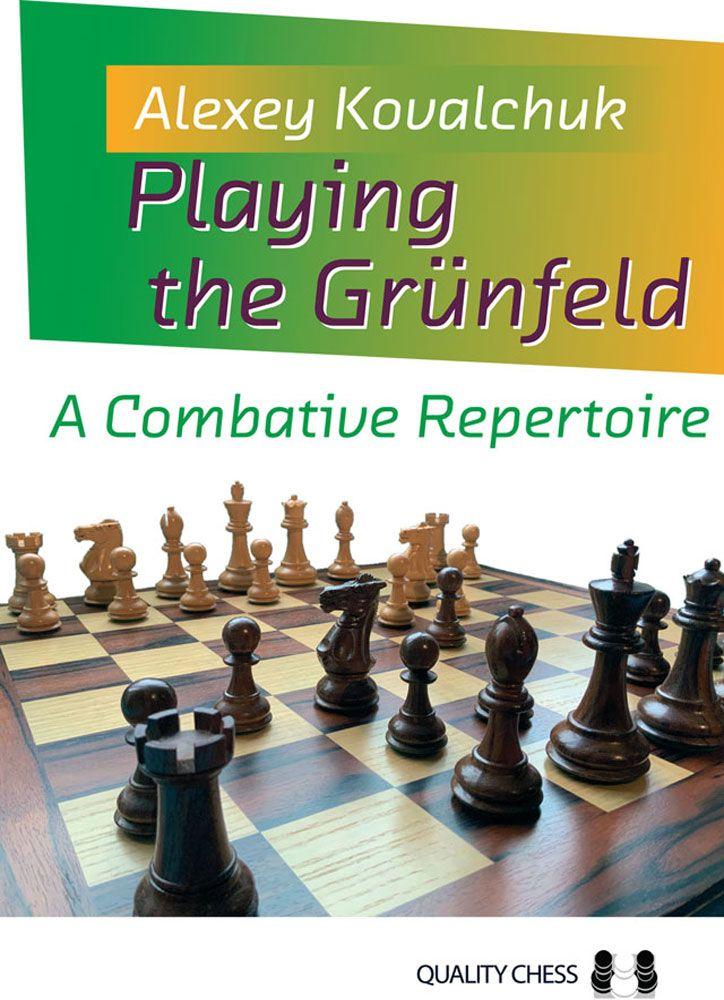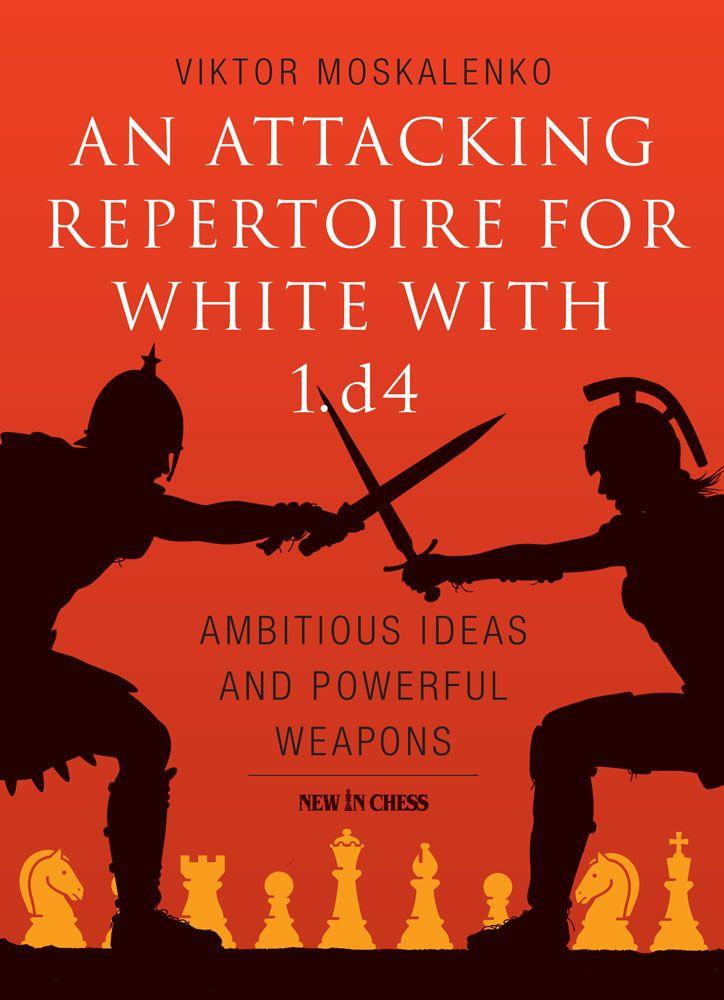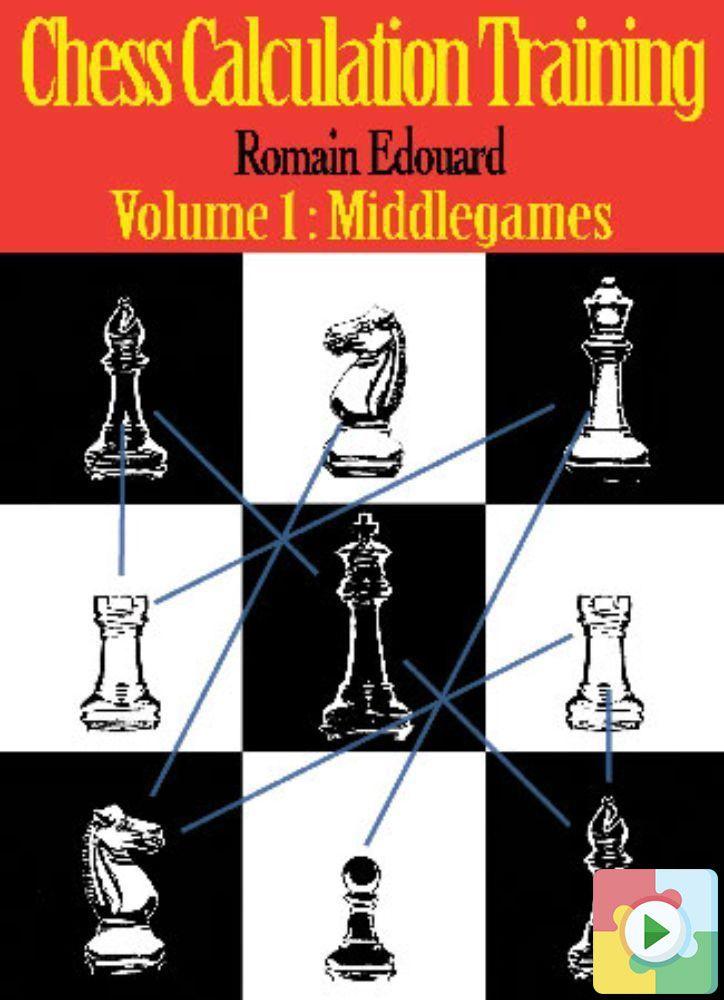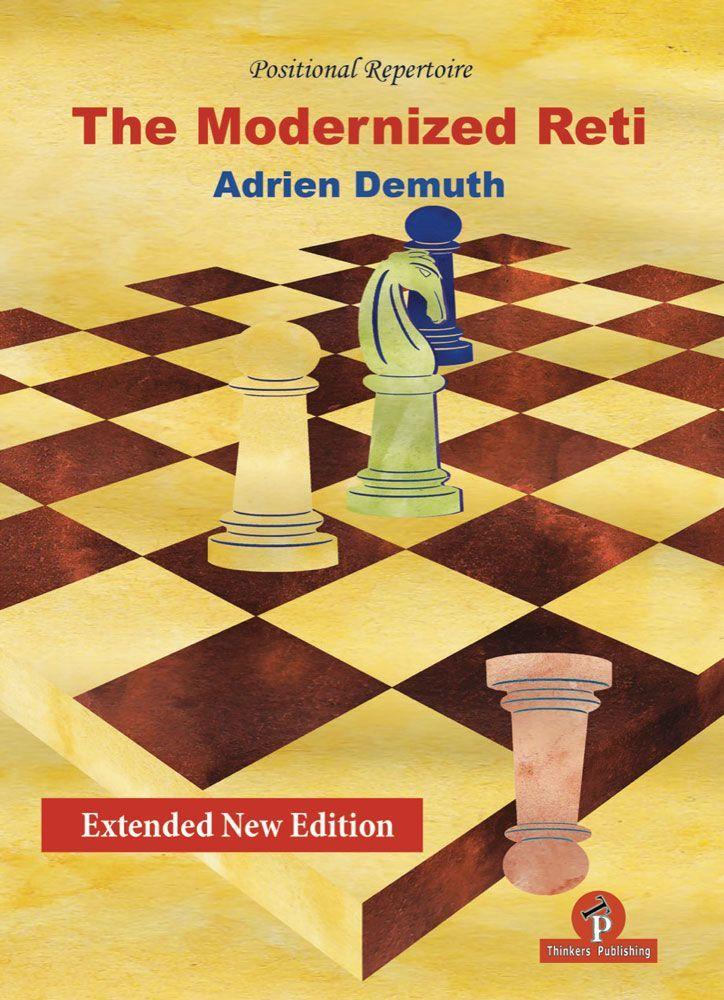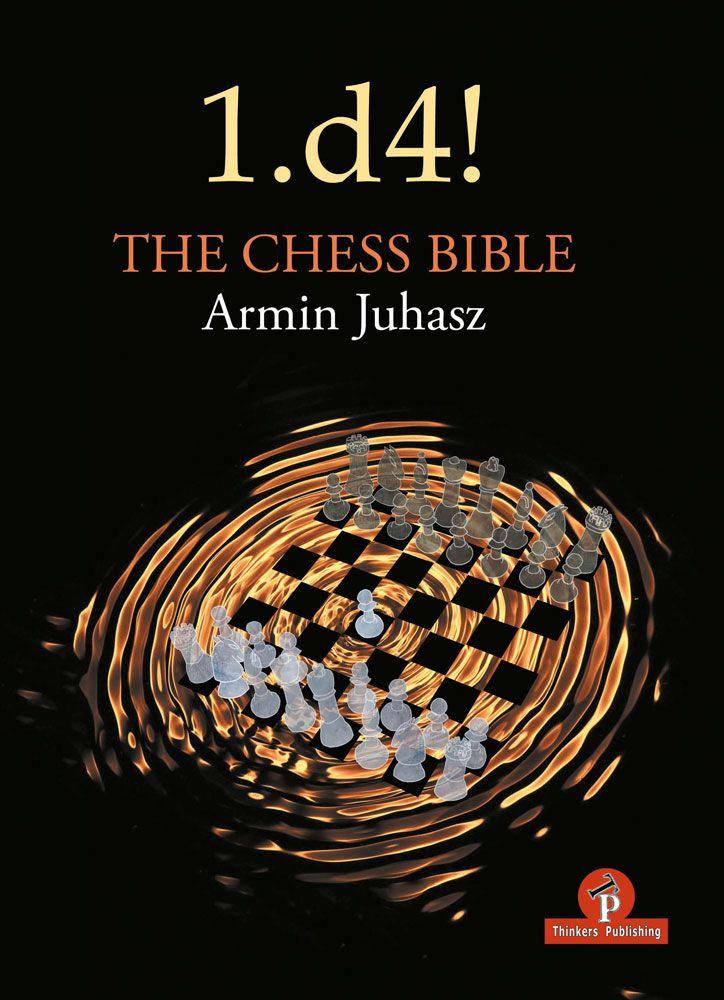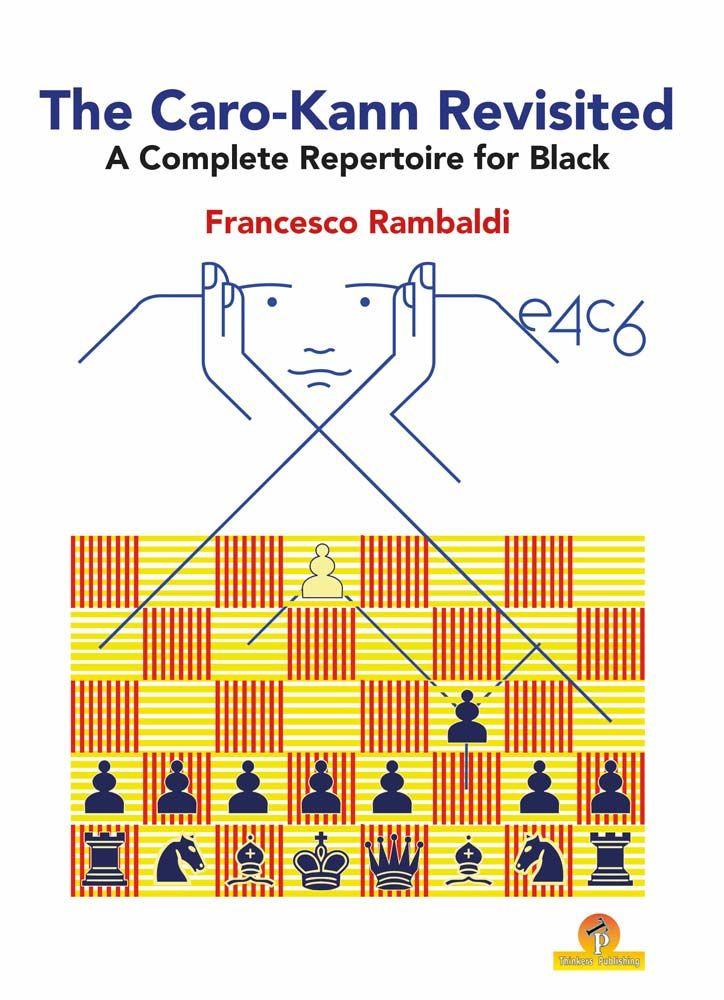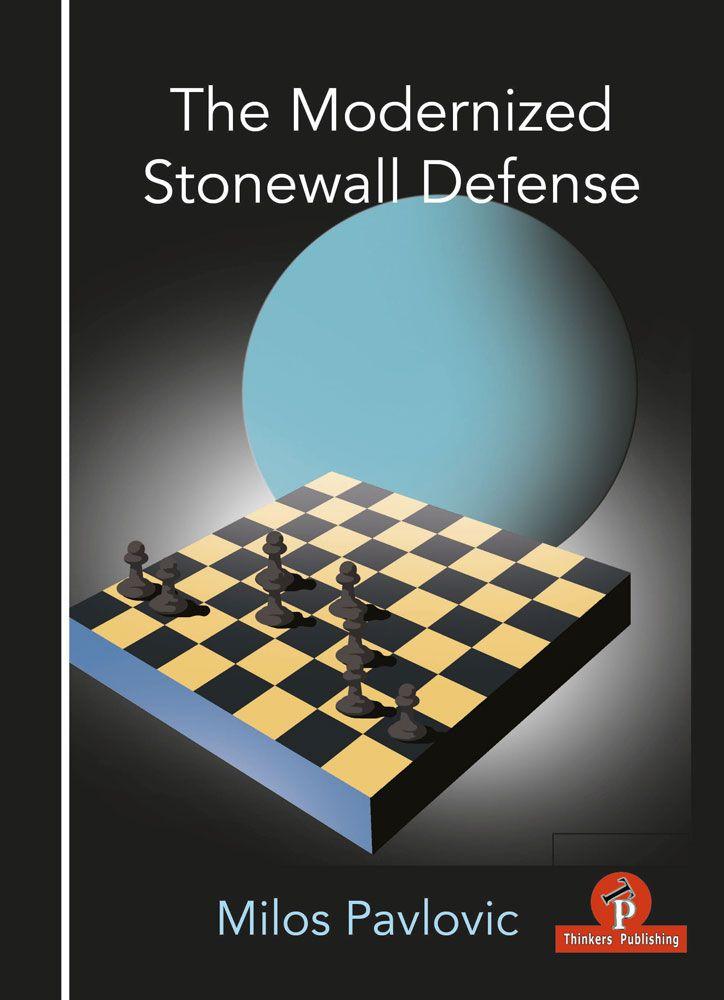
The Modernized Stonewall Defense
The Dutch Defense is an old opening. A seriously old opening. So old, in fact, that in large part it currently has the reputation of not really causing a well-prepared White player to fear losing. That is especially the case with the variant of it I am analysing in this book: the Stonewall (in which Black continues with ...e6 and ...d5). I intend to show that that impression is mistaken. First things first: it’s a very positional opening. In contrast to the King’s Indian (which shares the feature of having few early piece or pawn exchanges) play moves slowly and despite there obviously being some sharp lines, the absolute prerequisite for playing the Stonewall Dutch is that you understand positional chess. The first person to really understand the strategic themes at play here, and develop decent plans for Black was sixth world champion, Mikhail Botvinnik. From which it should be clear that positional doesn’t necessarily mean easy. There have been many revolutions in how chess players view tactical play or opening strategy. However, for me it is fitting that the resurgence of the Stonewall is coming at the exact time that strategic chess is being redefined by Carlsen. It is an echo of when the opening was first introduced: Botvinnik, the ‘Patriarch’ of the Soviet chess school, with its discipline and its principles, produced a similarly seismic shift in how people viewed positional play at the time. The positional themes in this opening are incredibly complex. We’ll get into it more later but let me just explain some of the confounding factors. From Black’s perspective, playing with a hole on e5 is very much an ‘acquired taste’, in spite of the ideas that have already been found to counterbalance it, such as a queen (or bishop) transfer to h5, or launching the f-pawn against the enemy king.








